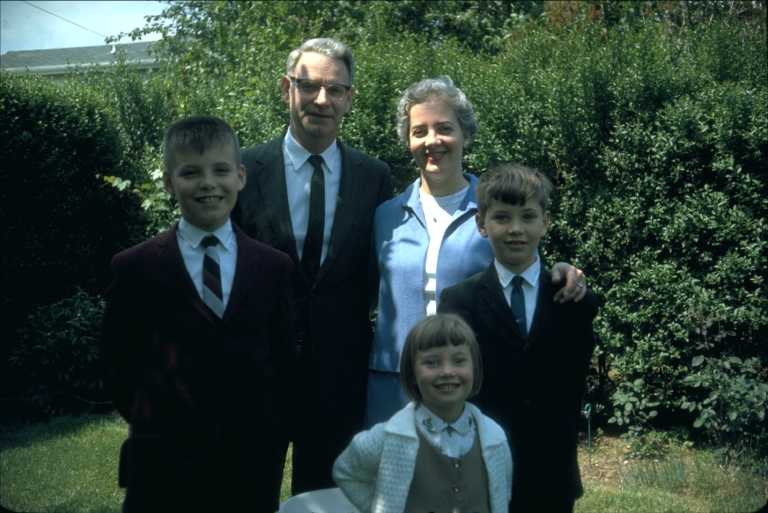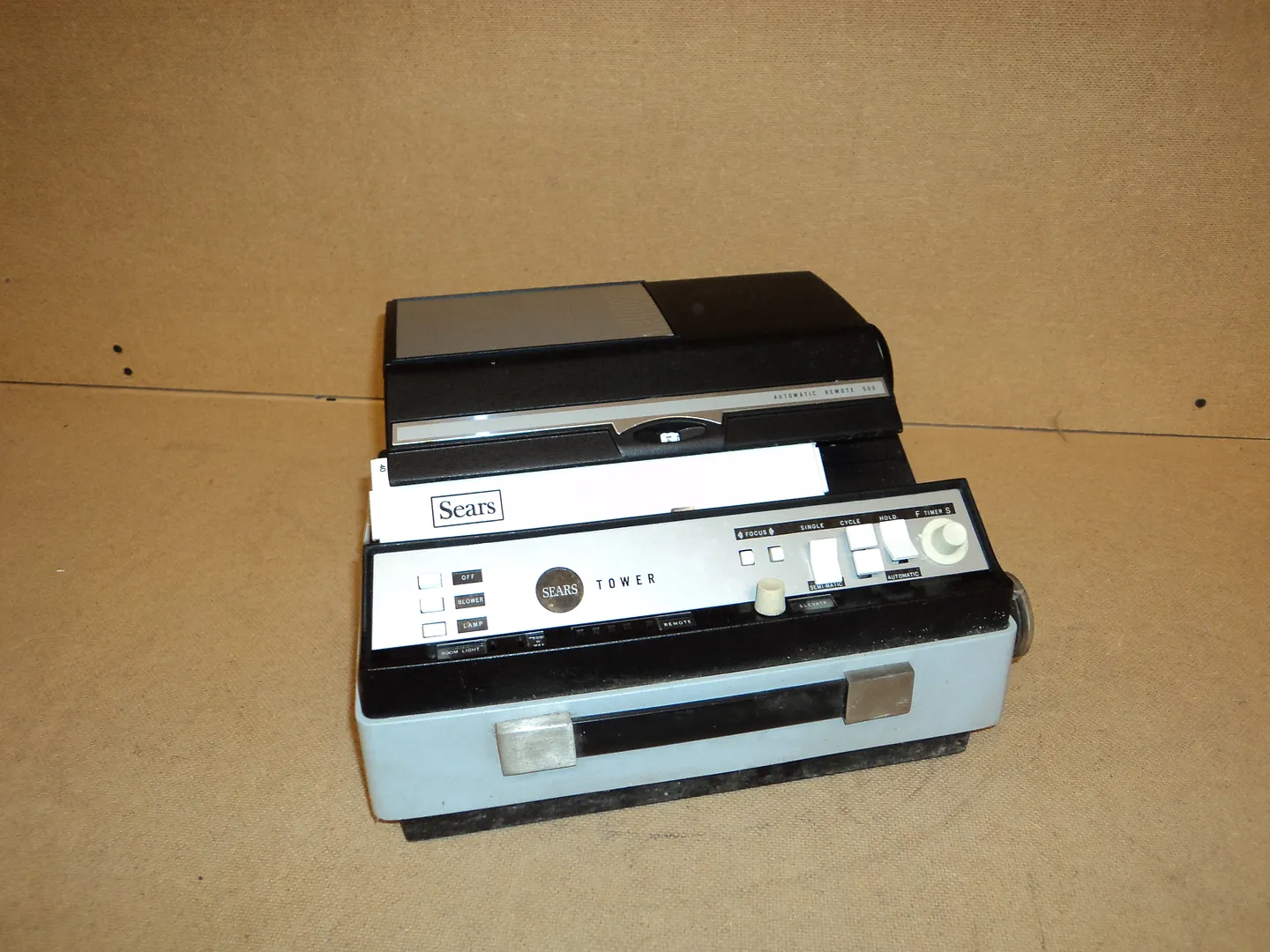Photos were an ever present part of family life. I suspect Dad’s interest in photography was piqued by his brothers-in-law, James and Richard, who were quite accomplished.
His first camera was a compact 35mm Bolsey Model B, which came in a brown leather case and supported a flash bulb attachment. He used an exposure meter, which became a theme for us.

Around 1965, he purchased a 35mm Yashica Pentamatic with an exposure timer, which with a tripod, allowed him to get into the photos, instead of being just behind the camera. Dad shot 35mm slides, mostly Kodak, but he switched to Agfachrome for a while.

Dad would get out the camera for all the important occasions – birthdays, Easter, Thanksgiving, and Christmas and took it along when we traveled. The mandatory family photo was sometimes stressful, with some cursing over the tripod, the exposure timer, or just because we were being bratty kids.
With a new roll, there was always the worry about the film being taken up. I recall many times when the film didn’t advance and shots were lost, and some times when Dad wasn’t sure and would go into a closet to check without ruining the whole roll. Sometimes he would gather us for a photo just to finish off a roll, so it could be mailed off in a small metal can to Kodak and eventually other labs. Until we moved to Houston, there was a new roll of film every 4 to six weeks.
One of my fondest memories is when the developed slides returned in the mail: a family would gathering for a slide show in the living room, typically on Sunday night. First the screen would come out of its box in the front hall closet, to be set up in front of the window. Then he would haul the slide projector from his bedroom closet and set it up on the dining room table. He fed the slides manually, and sometimes had the wrong orientation, which would exasperate him.
Eventually he bought an automatic unit from Sears that used slide trays and had both timed and manual advance. Of course the slides still needed to loaded in the right orientation, and sometimes the slides wouldn’t advance properly, so there was still some frustration and an opportunity to curse at the machine. Dad ended up buying more slide trays, so each new roll of film only needed to be loaded once, and we could see many more pictures in an evening. 
By the 1980s, with all the kids gone, there were only a few occasions for a show, like when we came back for Christmas (see Dad’s list of trips to Bethpage). Also, Dad had switched to a Pentax ME Super and from slide to print film, so the slide projector was seldom used otherwise. The last slideshow I recall was when Judith and I and Barbara and Dave were visiting, probably over Christmas of 1997.
We were shocked that so many of the slides had faded completely or in one of the pigments, and I wanted them to be scanned for preservation. I looked at slide scanners, but realized it would not be a good idea to sentence Dad to a lifetime of slide scanning in the basement. Fortunately, the Kodak PhotoCD became an option, and Dad went through the slide to select those to be scanned, making a list with a caption and date or estimate date based on the month and year printed on the slide carrier.
There were originally 5 CDs, each with 80 to 100 images. I extended Dad’s list with additional columns for people, places, events, and trips. To allow quick and easy access, I created a javascript and associated data structure with pointers to images in directories. I provided this on CD to the family, but storage limits forced me to scale the images to just 640×480, much less resolution that the original 3072×2048 scans, which is the resolution at https://www.conlon.org/photos/large/index.html.
It has long been my desire to display the full resolution images and to have a more robust approach to image management. I think the images themselves should carry the information in meta data, such as IPTC, so they can be indexed automatically, but especially so the association of caption, date, and people is permanent, and dependent on file structure or a separate database or program. I don’t know if I will ever get around to it, but it’s on my to-do list.
BTW, I ended up getting Dad’s Bolsey when he bought the Yashica and used it for about 25 years until he gave me a Pentax of my own. I used that camera to take pictures as a child and teen, trying to follow in his footsteps.